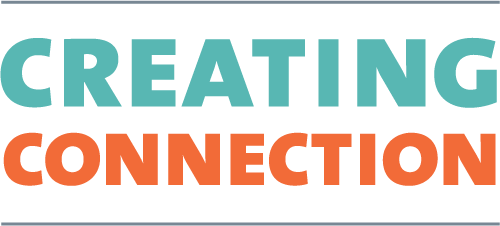Twenty vs. Eighty
If you’re a typical child in school in America, you will spend 20 percent of your waking hours in a classroom and 80 percent outside of the classroom. (Source.) That’s 20 percent of structured curriculum and enrichment (we hope) and 80 percent of…of what, exactly?
If you’re among the economically disadvantaged, that 80% is often spent in a learning desert, an environment that’s lacking afterschool programs, summer programs, and other age-appropriate enrichment activities. Why is that an issue? Well it’s likely of no surprise that how students spend that 80% of their time can have a significant impact on their academic success (and, as a result, their future).
Enter Urban Thinkscape
A team of researchers from Temple University is trying to find a solution to the learning desert phenomenon with the Urban Thinkscape Initiative—a Philadelphia-based project that merges the best of architecture, play, and learning science right into the built environment.
That’s right, these researchers (superheroes?) are taking their experiments to the streets and sidewalks of low-income communities—to the very places where many children are already spending their time—with the hope of increasing engagement between children and their caregivers right on the spot.
But really, what’s a laughometer?
The Urban Thinkscape installations mimic some of the exhibits you might typically find in a children’s museum, like a bus shelter bench–turned giant puzzle; a street light-turned animation display, thanks to some rotating shades; a hopscotch game set in the sidewalk that (shhhh, don’t tell the kids) is actually based on a common test of executive functioning.
And a personal favorite? The laughometer, which looks to measure, “Are people really happy in this space?”
Now it's up to us
So, fellow arts leaders, can we too go directly to where our community actually lives, co-create organic opportunities for learning and connection, and inspire happiness?
Because if the answer is yes, we won’t only be meeting our goals of increasing connections through creative expression, we may also be meeting some other community needs—like helping kids access new spaces for learning, enrichment, and happiness. Which sounds like a big win-win.

